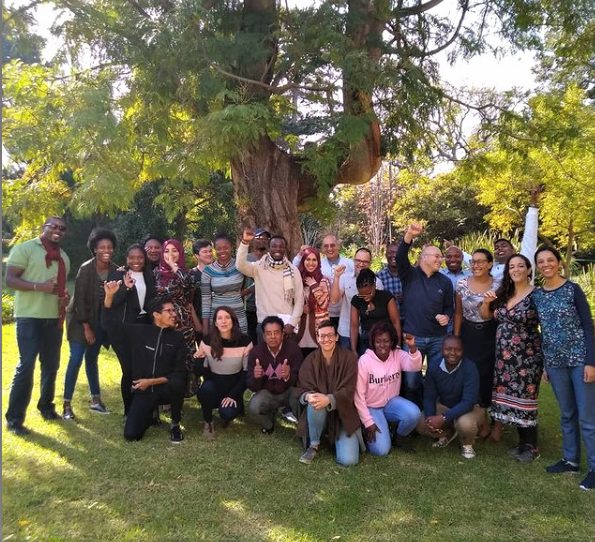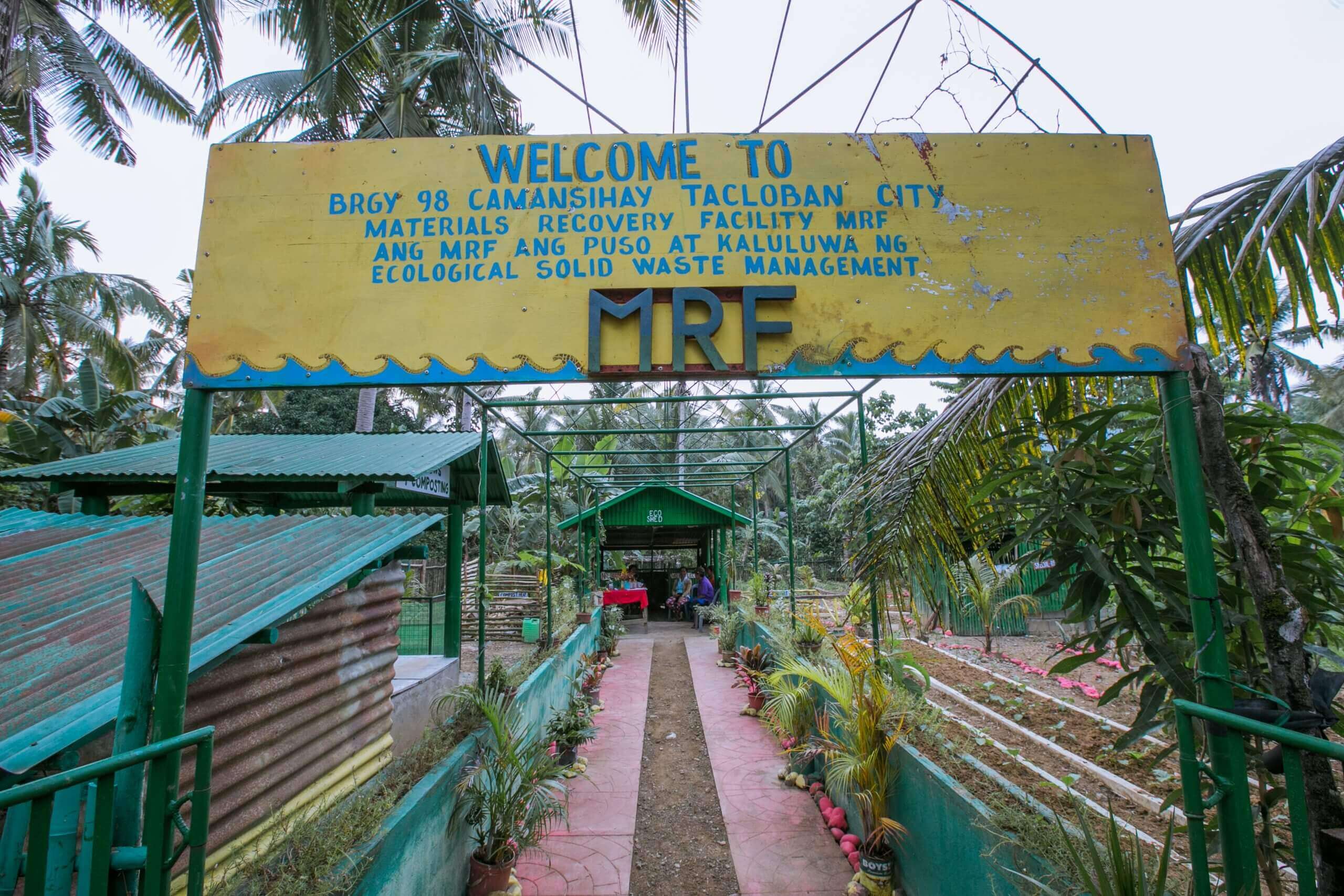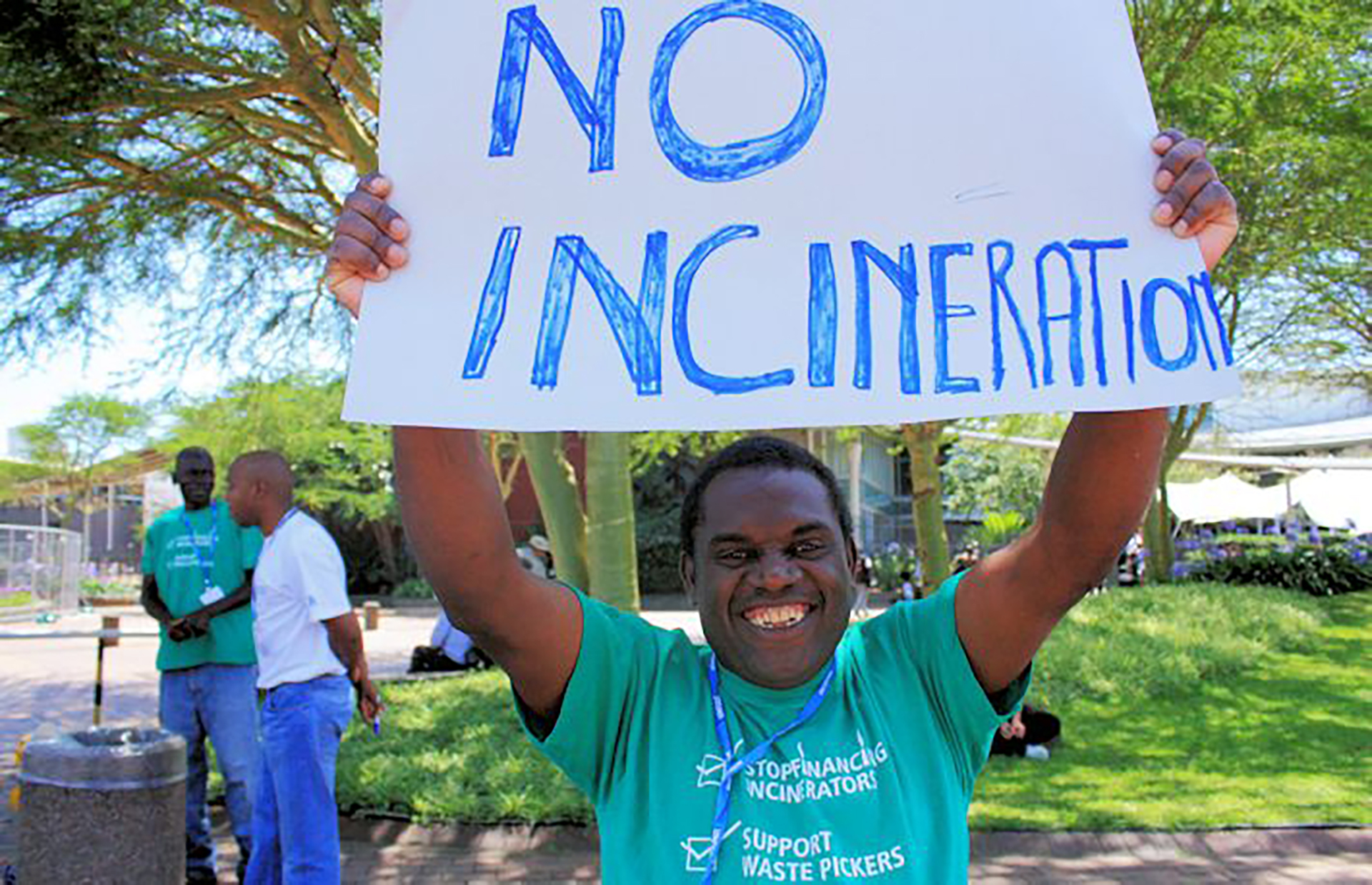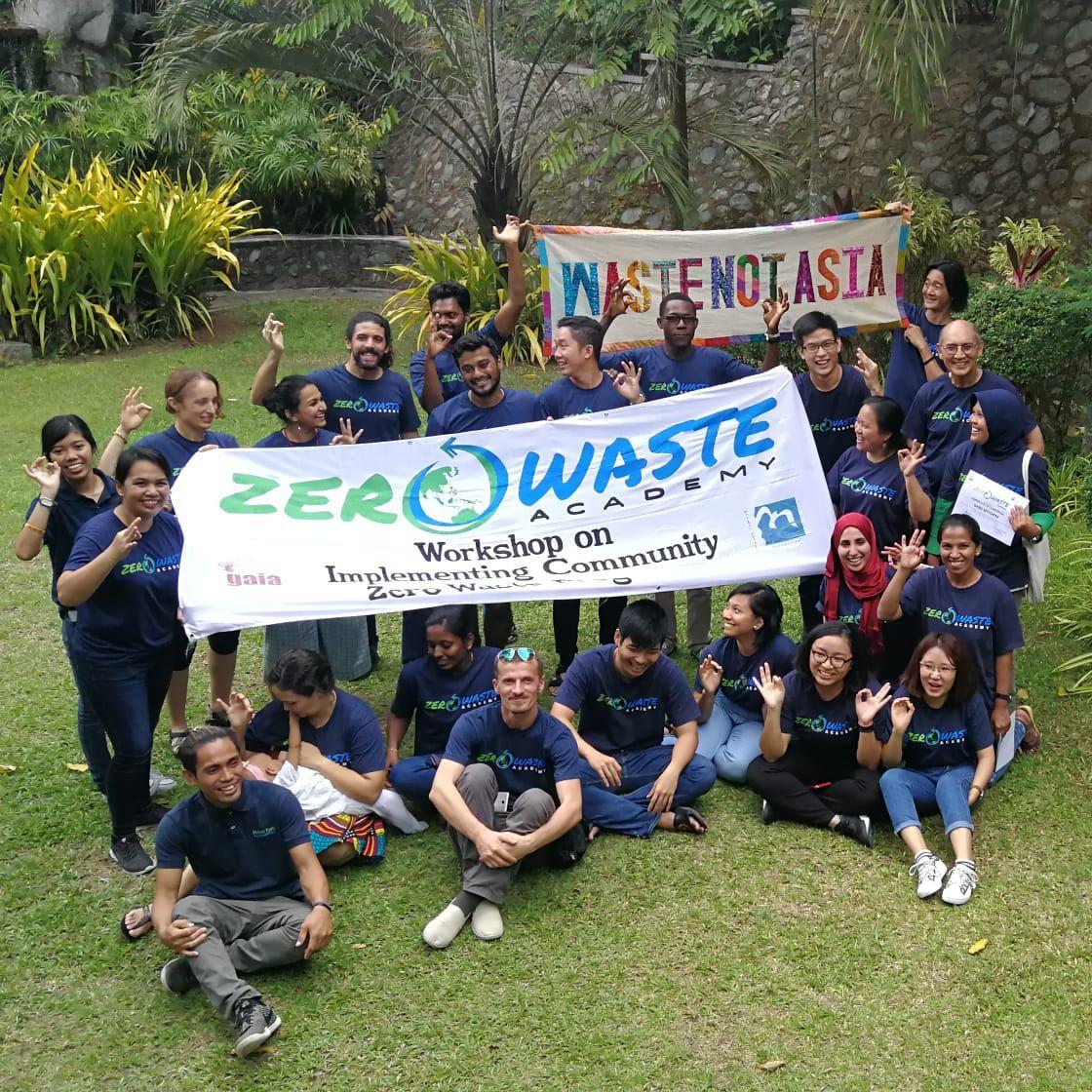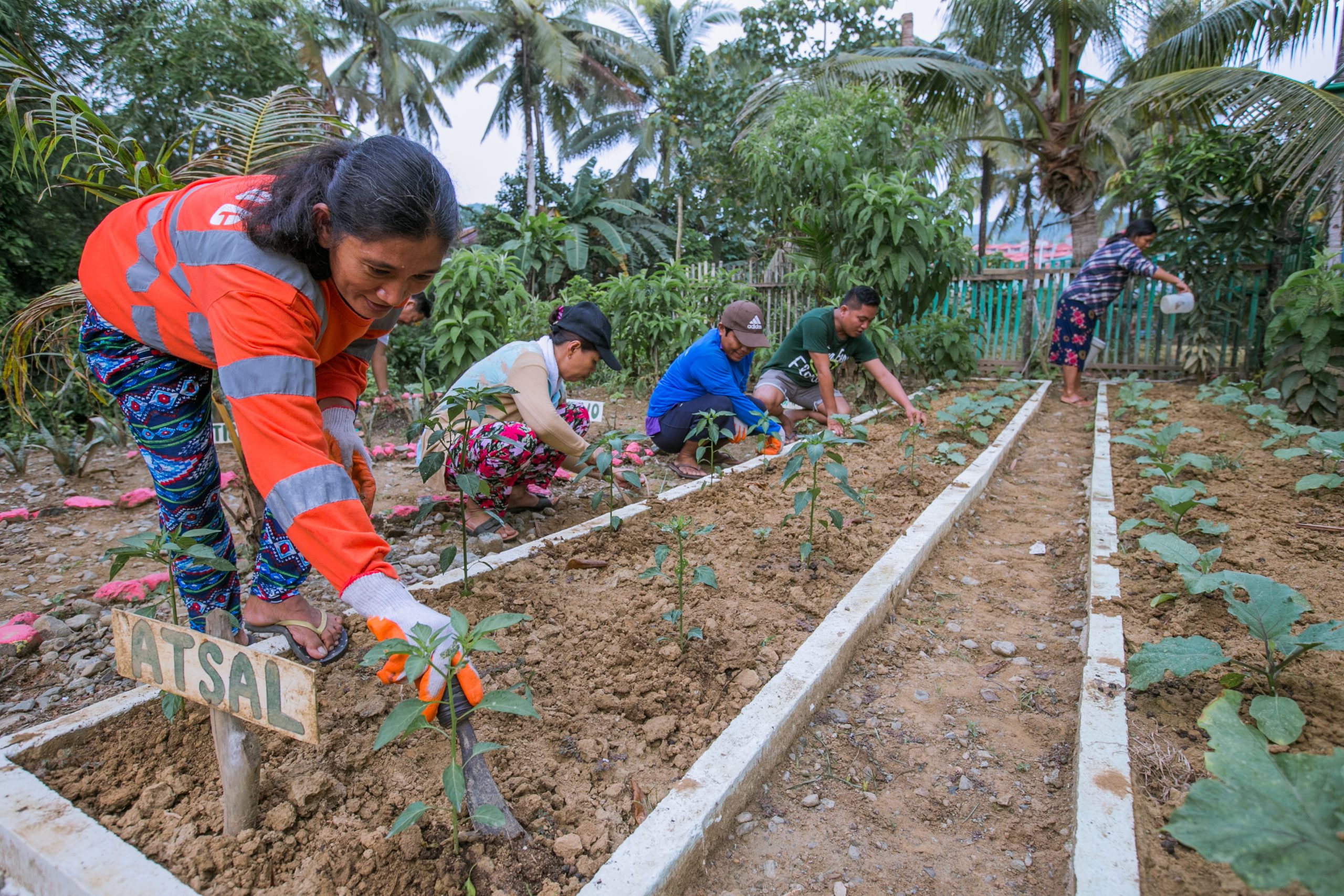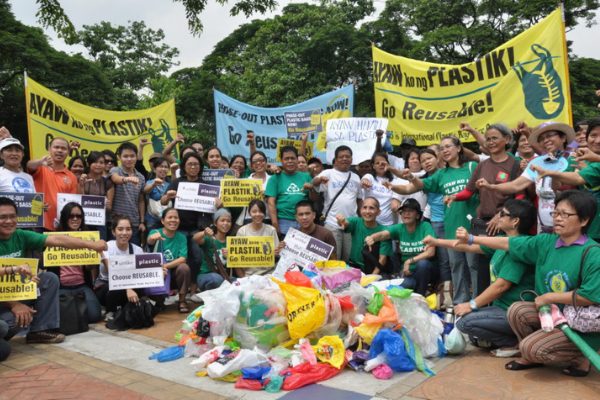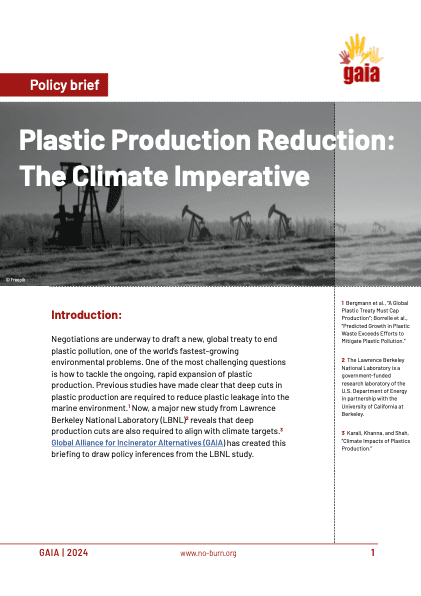
by Mariel Vilella, Director of Global Climate Program
The IPCC’s Mitigation report (formally, the 6th Assessment Report of Working Group III of the Intergovernmental Panel on Climate Change) has just been released.
Again, we’re reminded that the climate emergency is accelerating: there is very little time left to avoid exceeding the 1.5C temperature goal, and even small increases beyond that will have increasingly catastrophic impacts. As if on cue, just last week, Earth’s North and South Poles were 30C and 40C above normal at the same time.
So what should we do about it? Precisely, the mitigation report is all about options to reduce greenhouse gas emissions from the scientific point of view. Despite the report’s aim to be “policy relevant” without providing specific policy guidance, it does offer some clues, and reading between the lines, its findings can be translated into action.
IPCC on waste: the second-largest source of emissions in urban areas
What does the IPCC say about waste? As the report points out, the waste sector remains the largest contributor to urban emissions after the energy sector, even in low-carbon cities.
Urban areas themselves represent the lion’s share of global emissions, and it’s increasing: despite there being large variations in emissions from urban areas across countries and regions, its share of GHG emissions increased for all regions and globally between 2000 and 2015.
Amongst rich countries (in UN’s language called ‘developed countries’, the urban share of total emissions increased from 60% in 2000 to 67% in 2015. The most significant change in emission metrics occurred in Asia and Developing Pacific and Developed Countries regions.
Moreover, the expected growth of cities under a business-as-usual scenario could more than double annual resource requirements for raw materials to 90 billion tonnes per year by 2050, up from 40 billion tonnes in 2010, which in itself will increase GHG emissions too.
As the IPCC says, cities can reduce GHG emissions significantly, but this requires systemic transformation: circular economy, inclusion and equity, and innovative technologies are some of the key elements in conjunction with other strategies that can contribute towards low and net-zero urban development.
This is precisely where zero waste strategies can make a difference. It will require a coordinated integration of all sectors, strategies, and innovations including cities in developing countries.
Here, we highlight the five key takeaways from this report that are relevant for the decarbonisation agenda of cities and what opportunities can be seized by working on the waste sector:
1. Enhancing the circular economy in cities from a systemic perspective.

For one thing, the potential of the circular economy to reduce emissions is huge. A circular economy, of course, is one that eliminates waste by upstream measures (source reduction) or reusing, composting, or recycling everything. Circular economies reduce emissions through reduced demand for raw materials and processing as well as eliminating emissions from waste management. If Shanghai just recycled everything it could, it would reduce CO2 emissions by 16.8 million tonnes per year.
Achieving a circular economy requires not just one intervention but a systemic rethink of how we use materials, and this is why the IPCC puts a lot of emphasis on systemic change. Net zero for cities is possible despite rapid urbanization, but it won’t happen with more of the same kinds of interventions we have seen so far – landfills and incinerators. Instead, wide-ranging, integrated strategies are required that link material use and efficiency to energy use and generation, land use patterns, and by linking urban and rural areas. One example of this is returning compost, and its valuable nutrients, to the farms that feed cities.
2. Methane emissions from waste: low-hanging fruit to make cities more climate-friendly.
Tackling methane, the second-most important GHG after CO2 responsible for about 0.5°C of warming today, is a low-hanging fruit for reducing climate change emissions in urban areas. Methane is a very potent but short-lived gas, so it offers some of the most promising opportunities to reduce emissions in the near term. While the IPCC report focuses primarily on carbon dioxide, which is the primary long-run driver of climate change, methane reduction opportunities have been analyzed in the recent report, the Global Methane Assessment.
In this report, waste – and particularly organic waste – is prominent: the waste sector is the third largest source of anthropogenic methane emissions and growing rapidly. Fortunately, eliminating landfill methane emissions is relatively cheap – it requires source separation practices and alternative treatments, such as compost. Our recent work indicates that landfill methane emissions can be reduced 96% with simple interventions to keep organics out of landfill.

3. “Waste-to-energy” incineration: a losing strategy
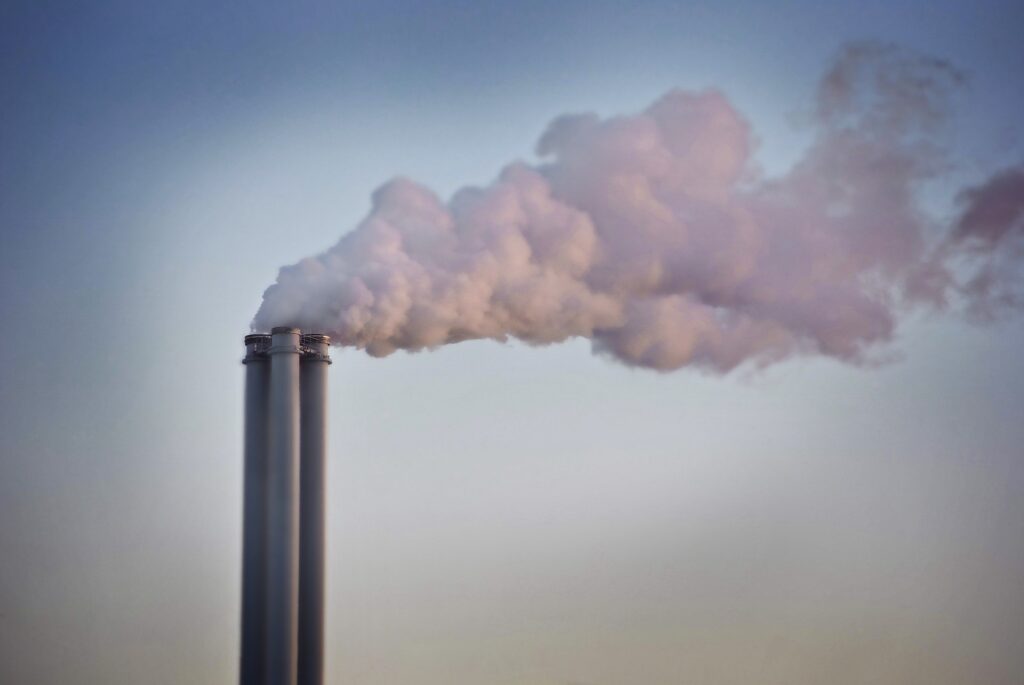
Unfortunately, when it comes to waste-to-energy, the IPCC report cites industry propaganda rather than solid science. Incineration, pyrolysis, and gasification technologies are incompatible with decarbonization scenarios because they are major emitters of greenhouse gases. Moreover, better alternatives exist both for waste treatment and energy generation. Yet the report does not address these challenges and complexities.
Waste incineration is the most inefficient and expensive way to generate energy and manage waste. It is the most emissions-intensive form of power generation, emitting 1.7 times as much greenhouse gases (GHGs) per unit of electricity produced compared to coal-fired power plants. The cost of energy generation is nearly four times higher than solar power and onshore wind energy, twice as much as natural gas, and 25 percent more expensive than coal-fired power plants. Despite the carbon-intensive nature of waste incineration, the cement industry — one of the top GHG emitters globally — aims to use alternative fuels to cover 22% of global cement kiln energy usage by 2030. Alarmingly, both waste incineration and co-incineration in cement kilns were included as a climate solution in 39 of 99 recently submitted Nationally Determined Contributions (NDCs).
Recently, the European Union has excluded waste incineration from its Sustainable Finance Taxonomy and its financial support. In the United States, no new incinerators have been built since 1997. However, waste incineration projects are still rising in developing countries — especially in Asia where Japan promotes waste incinerators through international development projects. Multilateral development banks such as Asian Development Bank and Asian Infrastructure Investment Bank have also financed incineration projects in Asia.
4. Plastic is carbon.
The IPCC is very clear in pointing out that the production and consumption of plastics is a problem: “Projections for increasing plastic production (…) do not align with necessary emission reductions.”
Indeed, plastic has a significant and growing share in the global carbon budget. The global carbon footprint of plastic throughout its full life-cycle was estimated at 1.7 billion tonnes of CO2 equivalent (CO2e) in 2015, which would grow to 6.5 billion tonnes CO2e (equivalent to annual emissions from nearly 1,640 coal-fired power plants) by 2050, if the production, disposal, and incineration of plastic continue on their present growth trajectories. This also means that, by 2050, emissions from plastic alone will take up over a third of the remaining carbon budget for a 1.5 °C target. GHG emissions from plastics production are around 2 tons CO2e per ton of plastic produced.
This is the first time that the IPCC has addressed plastic, and it has issued a clear call to reduce the amount of plastic produced: governments should take heed.
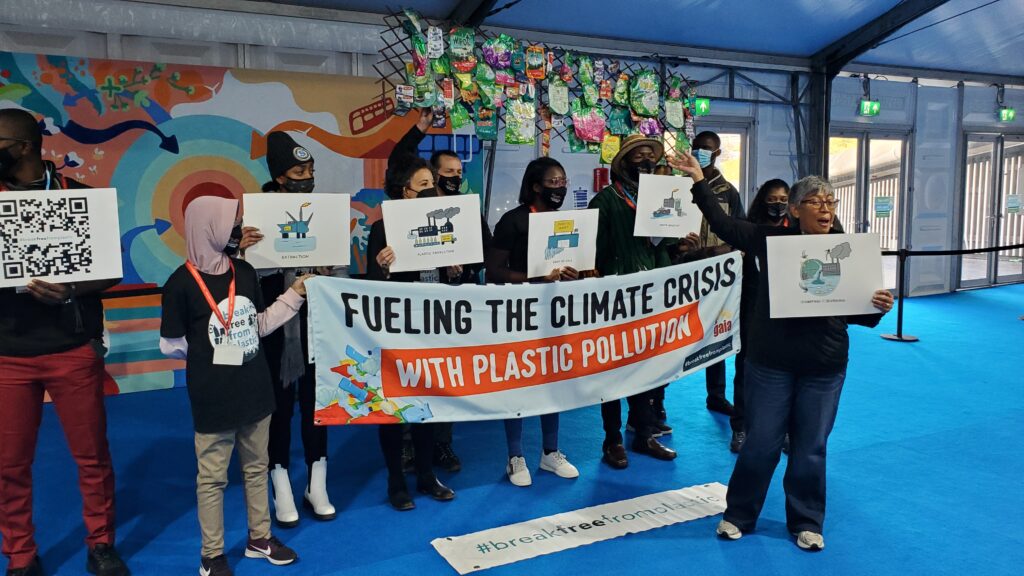
5. How to achieve all this? Governance, finance, technology and inclusion of waste pickers.

The IPCC makes it clear that cities need institutional and management capacity as much as they do access to finance and technology. Waste management is a case in point: the solutions – source separated-collection, composting and recycling, bans on problematic products and packaging – are not sophisticated but do require city administrations to work with their citizenry.
In the waste sector, improved governance can open up opportunities to recognize and integrate the informal sector into improved waste management practices, which the IPCC report also acknowledges. Waste management is an important pathway for inclusion of the informal sector into the urban economy.
This is an important source of “co-benefits” such as greater employment, social integration, reduced pollution, poverty reduction. In this sense, even measures related to waste can be primarily aimed at urban climate change mitigation, they can also offer adaptation benefits and enhance urban resilience.
In sum, the IPCC report on mitigation reminds us that the waste sector provides an enormous opportunity to cut climate emissions quickly and cheaply while building resilience, creating good jobs, and promoting thriving local economies. Cities committed to a zero waste goal are demonstrating all over the world that cutting emissions in the waste sector is feasible and desirable – and we just need to do a lot more of it.
